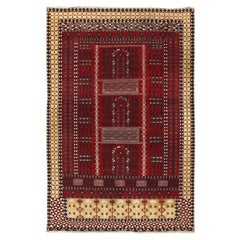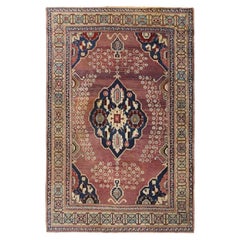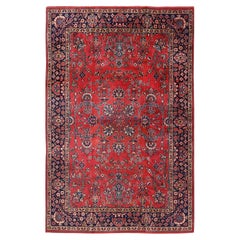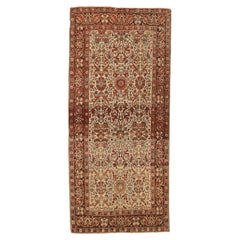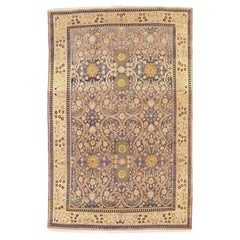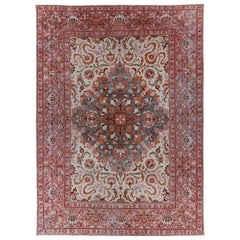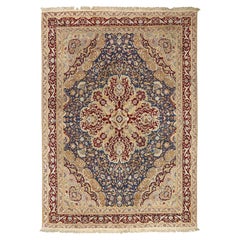Taj Mahal Rugs
Early 20th Century Indian Agra Indian Rugs
Wool, Cotton
Early 20th Century Indian Agra Indian Rugs
Wool, Cotton
Early 20th Century Indian Agra Indian Rugs
Wool, Cotton
Early 20th Century Indian Agra Indian Rugs
Wool, Cotton
20th Century Indian Agra Indian Rugs
Wool
20th Century Indian Agra Indian Rugs
Wool
20th Century Indian Agra Indian Rugs
Wool
20th Century Persian Agra Persian Rugs
Wool
Early 20th Century Indian Agra Indian Rugs
Wool, Cotton
Early 20th Century Indian Agra Indian Rugs
Wool, Cotton
Early 20th Century Indian Agra Indian Rugs
Wool, Cotton
Antique 19th Century Indian Agra Indian Rugs
Wool, Cotton
Early 20th Century Indian Agra Indian Rugs
Wool, Cotton
Early 20th Century Indian Agra Indian Rugs
Wool, Cotton
Early 20th Century Indian Agra Indian Rugs
Wool, Cotton
Early 20th Century Indian Agra Indian Rugs
Wool, Cotton
Early 20th Century Indian Agra Indian Rugs
Wool, Cotton
Early 20th Century Indian Agra Indian Rugs
Wool, Cotton
2010s Turkish Agra Turkish Rugs
Wool
Early 20th Century Turkish Agra Turkish Rugs
Wool
20th Century Turkish Agra Turkish Rugs
Wool
Early 2000s Turkish Agra Turkish Rugs
Wool
2010s Turkish Agra Turkish Rugs
Wool
Early 20th Century Indian Agra Indian Rugs
Wool, Cotton
Antique Late 19th Century Indian Agra Central Asian Rugs
Wool
Antique Late 19th Century Indian Indian Rugs
Wool
Taj Mahal Rugs For Sale on 1stDibs
How Much are Taj Mahal Rugs?
Finding the Right Indian-rugs for You
Today, there are few elements of decor as consistently beautiful as vibrantly colored, intricately patterned antique rugs. The legacy of fine Indian rugs and carpets dates back to the Mughal Empire, with Jalal-ud-Din Akbar in the 16th century establishing workshops for carpet weaving based on Persian practices. Combined with the aesthetics of Indian art, a new rug tradition was born.
In India, these Persian-inspired rugs and carpets were often made with lush materials, including silk, velvet and pashmina, a type of cashmere. It could take laborers as long as 15 years to weave a single carpet. Many of these rugs and carpets were created for royalty and frequently used inside palaces and mosques, particularly on special occasions.
Though the carpet weaving stemmed from a Persian tradition, Indian rugs and carpets featured designs that predated Persian influences. These complex patterns included floral, geometric, and animal motifs.
Indian rugs remain among the most coveted decorative items today. Browse 1stDibs for a wide variety of vintage, new and antique Indian rugs and carpets to establish a lavish focal point in any room in your home. See our guide to caring for your antique and vintage rugs, and read about how to choose the right area rug for your space.
- What is a Mahal rug?1 Answer
 NazmiyalMarch 23, 2021Those are rugs that come from the city known today as Arak in Iran
NazmiyalMarch 23, 2021Those are rugs that come from the city known today as Arak in Iran
